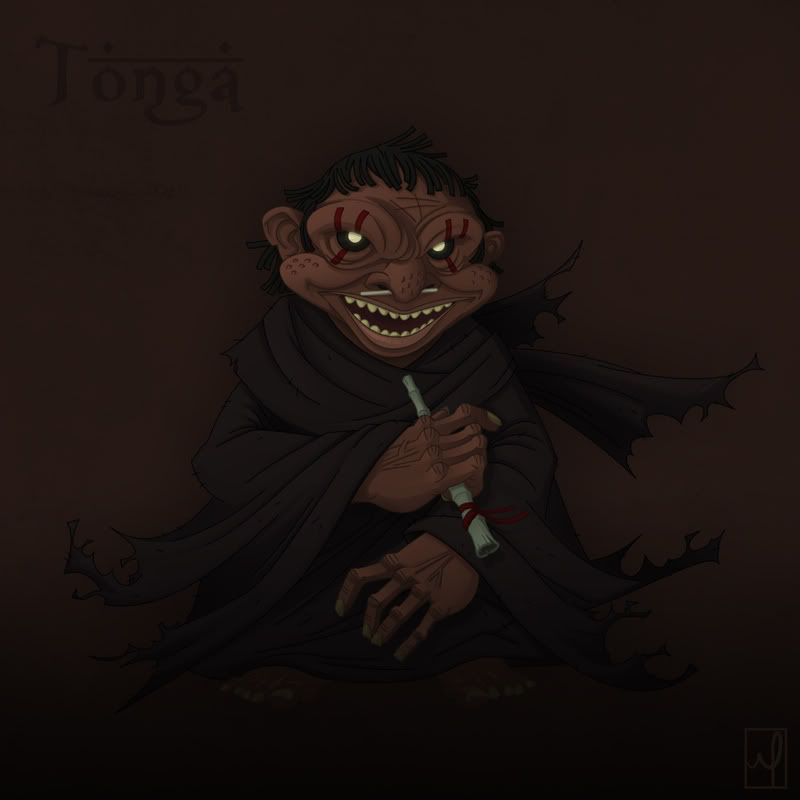This blog post will hopefully answer some of the most common questions about gluten and gluten intolerance.
To start off with lets discuss a myth about the gluten-free diet.
Going gluten-free is not a valid diet plan:
Some people have decided that going gluten-free is a great way to lose weight. This is crazy. If you are actually gluten-intolerant it makes sense that you would lose weight on a gluten-free diet because your stomach can more easily digest gluten-free foods. It also can make you more conscious of the carbohydrates you eat because you have to stay away from regular pastries, bread and pasta etc. However, deciding to go on the "gluten-free diet" and just eat gluten-free cookies, brownies and nasty gluten-free bread will not help you lose weight. Gluten-free pastry equivalents often have more sugar and calories than their glutenous counterparts. So don't be ridiculous and eat gluten-free unless you actually have a sensitivity.
If you think you may be gluten-sensitive, take it seriously!
The National Institute of Health recently stated that between 5-10% of the world's population may be gluten sensitive. This percentage may be higher in America because there are unregulated amounts of gluten in American wheat flour. Many who cannot stomach bread in America find that European bread does not affect them. Anyways, be careful! Untreated gluten intolerance can lead to major health concerns. Untreated and undiagnosed celiac disease (a much more dangerous type of gluten intolerance) can lead to death. 97% of American estimated to have celiac disease are undiagnosed. Gluten is not something to mess around with. If you experience a lot of the symptoms of gluten intolerance or celiac disease (stomach cramps, headaches, tiredness, nausea, bloating) doe some research and consider trying out the gluten-free diet for a trial period (2 weeks) and see if it is right for you.
The growth of celiac disease:
This brings me to why gluten-intolerance and gluten-free diets have become so much more prevalent in recent years. One reason is education. There is a lot more information out about gluten-intolerance and its symptoms. Another reason is super-strand of gluten pumped into American flour. The third, and in my opinion, scariest reason is the growing amount of people with celiac disease. Celiac disease is a digestive malfunction where gluten damages the small intestine and kills the villi, the body part that helps absorb nutrients. 1 in 133 people have celiac disease. The incidence of celiac disease in men has increased 4X since 1948. Celiac is growing way more prevalent and many in the medical field consider it to be an epidemic. It needs to get a lot more attention than it is getting now. It is connected with an increase of risk of cancer and with celiac disease you are 77 times more likely to develope lymphoma.
So hide your kids, hide your wife, because celiac disease is coming to kill us all.
Be gluten-educated!


 Although most car-buyers don't understand what all these uber-fancy descriptions mean, they know they sound important and that what really matters. What sounds better: "I'm buying a red car" or "I'm buying a shiny new crimson Ford with large horsepower, deluxe air-conditioning and a great radio". It doesn't matter if the "deluxe air-conditioning" is the cool air you feel when you roll-down the windows; What matters is the description. If a product sounds good, it is going to sell.
Although most car-buyers don't understand what all these uber-fancy descriptions mean, they know they sound important and that what really matters. What sounds better: "I'm buying a red car" or "I'm buying a shiny new crimson Ford with large horsepower, deluxe air-conditioning and a great radio". It doesn't matter if the "deluxe air-conditioning" is the cool air you feel when you roll-down the windows; What matters is the description. If a product sounds good, it is going to sell.



